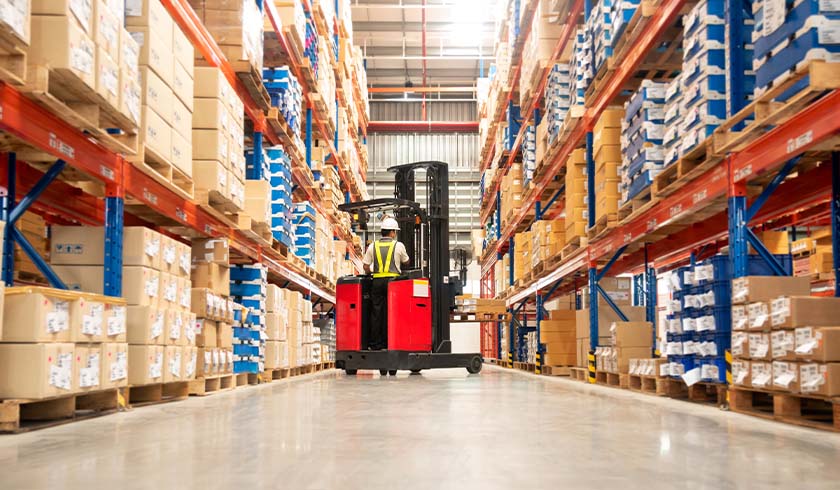E-commerce as a driver of industrial property investment
Australia’s booming e-commerce marketplace is set to have a flow-on effect for industrial property investors, according to an investment organisation.

The Property Funds Association (PFA) has flagged the relationship between the rise of e-commerce in Australia – most notably through Black Friday and Cyber Monday retail events – and the positive impact it is expected to have on industrial property as an investment asset.
Already, the PFA has noted increased interest in industrial property by investors both domestically and overseas.
Industrial property has provided consistent income returns and capital growth across a number of years, thanks to stable lease covenants and contractual fixed lease increases.
It also appeals to investors due to its low correlation with other major asset classes – giving it a place in any well-balanced portfolio.
According to PFA, as e-commerce expands, it will drive underlying demand in the industrial sector.
It cited research conducted by JLL, commissioned by Charter Hall, which noted that while Australia’s e-commerce penetration has lagged the US previously, it is expected to accelerate over the next three to five years as demand for logistical and distribution space “is driven to all-time highs by e-commerce”.
ABS figures also point to record online growth across the online retail trade sector.
The year-on-year growth rate as at June 2019 was approximately 20 per cent, raising the share of online retail sales to total retail trade to 5.5 per cent (or $19 billion).
While the United States had achieved its 5.5 per cent figure back in 2012, the JLL report expects Australian e-commerce to catch up rather rapidly:
“The application of the same annual growth rate in the share of online retail sales that occurred in the US between 2012 and 2018 to Australia, results in Australia’s online share increasing to 10.1 per cent by 2024,” it said.
Even then, “this growth rate is conservative, as Australia has achieved a higher annual growth rate of online retail sales over the past few years than the US during their booming years of 2002 to 2007”, the report continued.
Flowing on from that growth, new entrants to the e-commerce market are expected to land on the scene, while existing players attempt to grow their market share, according to the PFA.
Again, this will see demand for industrial and logistics floorspace to increase.
It was noted too that non-discretionary retail will also play a role in driving industrial property forward.
Groceries and the like “provides relatively stable demand, creating a strong need for industrial floorspace in the market – this is also being boosted by increasing online sales, by both consumers and suppliers”.
